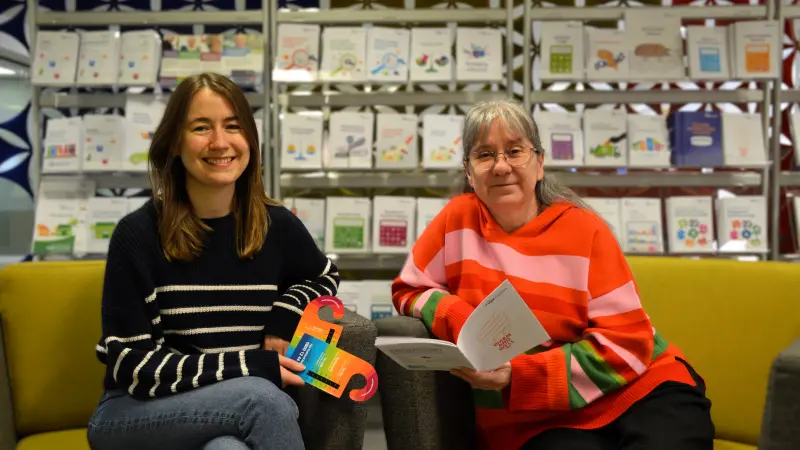82% of over 50s prefer in-person GP appointments

Research from Age Scotland has revealed that the vast majority of older people would prefer to see their GP face to face.
The charity’s Big Survey, conducted with Scotinform and containing views from over 4,100 over 50s, found that an in-person GP appointment was the preference of 82% of respondents, while only 1% had a preference for a video consultation with a GP.
Preferences varied across the age ranges with respondents in their 50s and 60s more likely than those in older age groups to prefer a telephone call or video call.
Overall, 46% of respondents reported that they were able to get the type of GP appointment they preferred but 35% were not.
Age Scotland is calling on GP Practices, NHS Boards and the Scottish Government to work together so that appropriate resourcing is delivered for patients to get the kind of appointment that best suits their needs.
Age Scotland’s Chief Executive, Katherine Crawford, said:
“While video and phone consultations are a valuable offering for many patients, it’s important to remember that a huge number of older people in Scotland cannot or do not want to access the internet. Many may also face communications barriers and find it difficult to explain their medical concerns without examination.
“It’s clear that a large-scale shift towards digital by default appointments is not the answer to patients’ needs.
“In-person appointments can be hugely important for older people, particularly those who live alone and may not see others on a regular basis, as GPs can often pick up on a range of factors about their wellbeing that they might not have noticed themselves.
“This can be instrumental in spotting potential health concerns before they become more serious, such as signs of malnourishment, problems with mobility and mental health issues.
“GPs work tirelessly to cope with the immense demand, which often intensifies as we approach the winter months, but expanding in-person appointments to more people who need or prefer them could improve patients’ health.”


